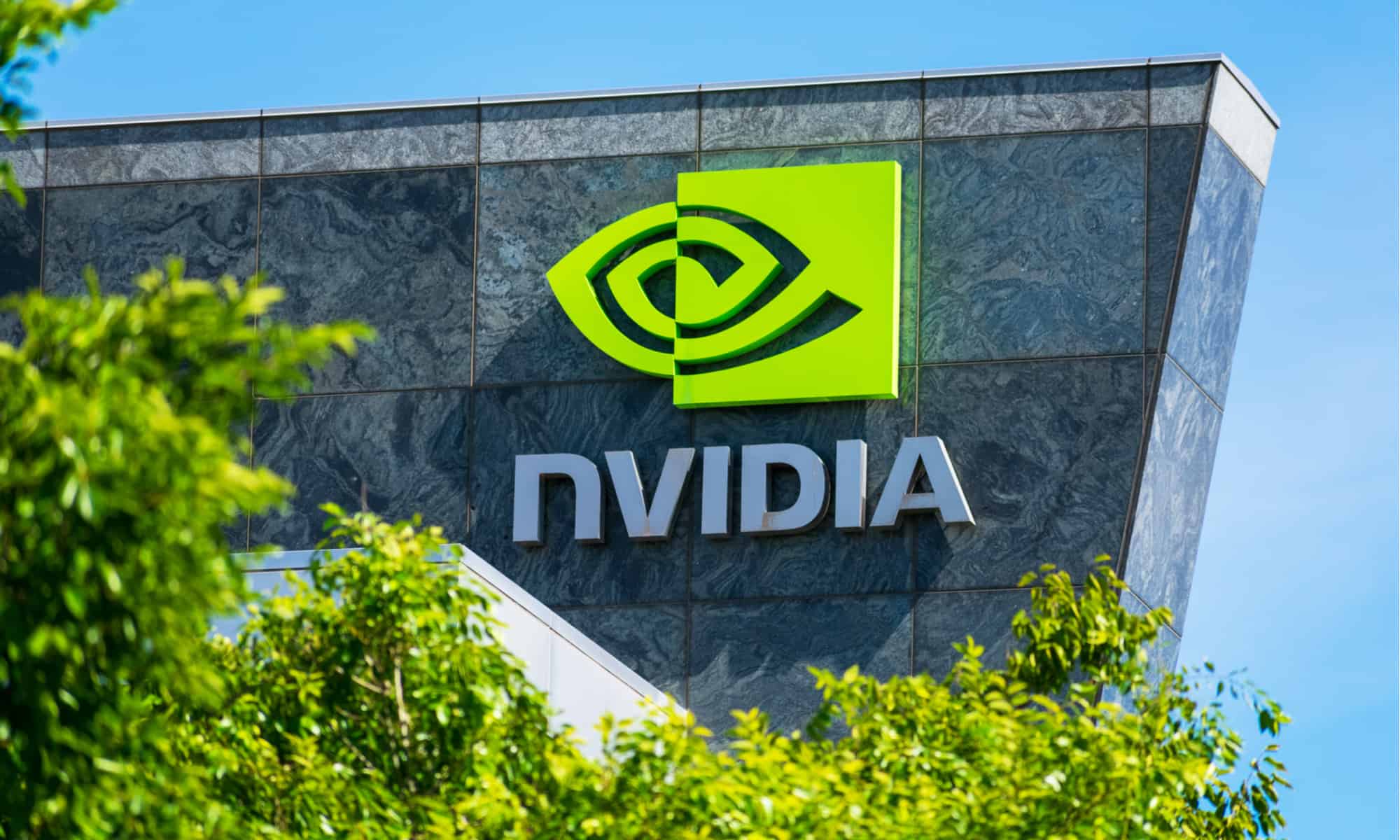Nvidia has once again captured the spotlight on Wall Street with its latest financial performance. The company’s earnings report for the latest quarter showed results that exceeded market expectations, reinforcing its position as the world’s most valuable semiconductor company. However, despite the strong numbers, Nvidia’s stock faced a surprising decline, primarily due to concerns over restricted sales of its advanced AI chips to China.
This development reflects a growing tension between stellar financial performance and geopolitical realities. For Nvidia, the situation underscores how much its growth story is tied not only to product innovation but also to regulatory shifts and global trade policies.
Nvidia’s Financial Performance Outpaces Expectations
The latest Nvidia earnings report revealed revenues and profits well above analyst predictions. Driven by surging demand for its GPUs that power artificial intelligence applications, the company continues to cement its dominance in the AI chip sector. Wall Street had set high expectations given the AI investment boom, and Nvidia managed to deliver stronger-than-anticipated figures once again.
The core driver of this performance is the unmatched demand for Nvidia’s AI processors, particularly in data centers and cloud computing. These chips are crucial for training large AI models, powering recommendation engines, and supporting autonomous driving technologies. The company’s ability to consistently deliver cutting-edge hardware and software solutions has secured its place as a market leader.
Despite this, investors remain cautious. The stock price decline following the report highlights the delicate balance between performance and future market access.
China Sales Ban Weighs On Market Sentiment
A significant factor influencing Nvidia’s stock movement is the ongoing limitation on its sales to China. The United States has imposed restrictions preventing the export of Nvidia’s most advanced AI chips, such as the H20 and A800 models, to the Chinese market. These restrictions are part of broader geopolitical efforts to curb China’s technological advancements in artificial intelligence.
China has historically been one of Nvidia’s key markets, accounting for a meaningful share of its total revenue. The inability to sell high-performance AI chips in this region creates a gap that will be difficult to fill in the near term. Although Nvidia has attempted to design alternative chips that comply with U.S. regulations, they fall short of the most advanced models sought after by Chinese tech firms.
For investors, this raises concerns about whether Nvidia’s growth trajectory can continue at the same pace without full access to one of the largest markets in the world.
Wall Street Reaction And Stock Market Volatility
While Nvidia’s earnings report beat expectations, the reaction on Wall Street underscores the complexity of the current market environment. Investors initially celebrated the financial outperformance, but caution quickly set in as analysts highlighted the risks tied to China sales. As a result, Nvidia’s stock dipped despite what would normally be considered a very positive earnings release.
This reaction speaks to the heightened sensitivity of markets to geopolitical developments. In many ways, Nvidia has become a proxy for the broader AI race between the U.S. and China. As regulations tighten, Wall Street is closely monitoring how the company adapts its strategies.
Market volatility also reflects broader questions about sustainability. Investors are increasingly asking whether Nvidia can maintain its high growth rates without overreliance on China, and how its future earnings reports will capture the impact of restricted sales.
Strategic Shifts And Long-Term Outlook
Nvidia’s long-term strategy is likely to focus on diversification. By expanding its reach in other regions such as Southeast Asia, Europe, and the Middle East, the company aims to mitigate the loss of Chinese demand. Additionally, Nvidia continues to innovate beyond AI chips, venturing into automotive technologies, the gaming sector, and software solutions for enterprises.
Partnerships with major cloud providers like Microsoft, Amazon, and Google remain essential pillars of growth. These companies are investing heavily in AI infrastructure, ensuring steady demand for Nvidia’s GPUs. Meanwhile, Nvidia’s leadership in CUDA software continues to create an ecosystem advantage that competitors struggle to replicate.
Still, the looming shadow of regulatory restrictions cannot be ignored. Analysts suggest that the company may face slower revenue growth if China continues to remain out of reach. To balance this, Nvidia is expected to double down on R&D investments and expand production capacity to meet growing global demand.
Conclusion
The latest Nvidia earnings report offers a tale of two realities. On one hand, the company is thriving financially, outpacing analyst expectations with strong revenue growth and technological dominance. On the other hand, geopolitical tensions, particularly the inability to sell high-performance AI chips in China, are weighing heavily on market sentiment.
For investors, the challenge lies in navigating this duality. Nvidia remains at the forefront of the AI revolution, but its long-term trajectory will depend not only on innovation but also on how effectively it can manage geopolitical risks and diversify its revenue base.
As the global AI race accelerates, Nvidia’s journey highlights the intersection of technology, business, and politics, a combination that will continue shaping the semiconductor industry for years to come.
Read More






 Friday, 05-12-25
Friday, 05-12-25







